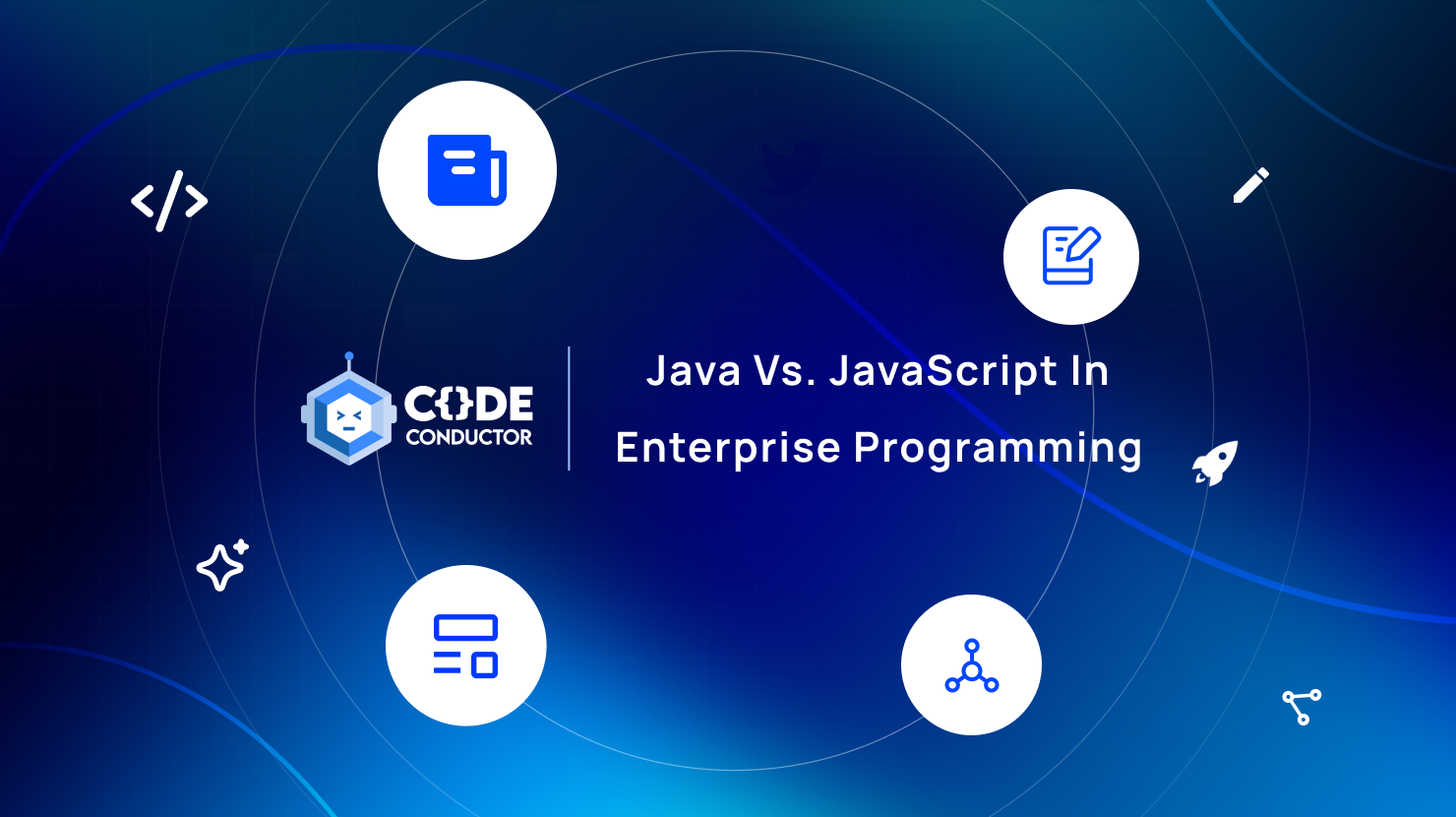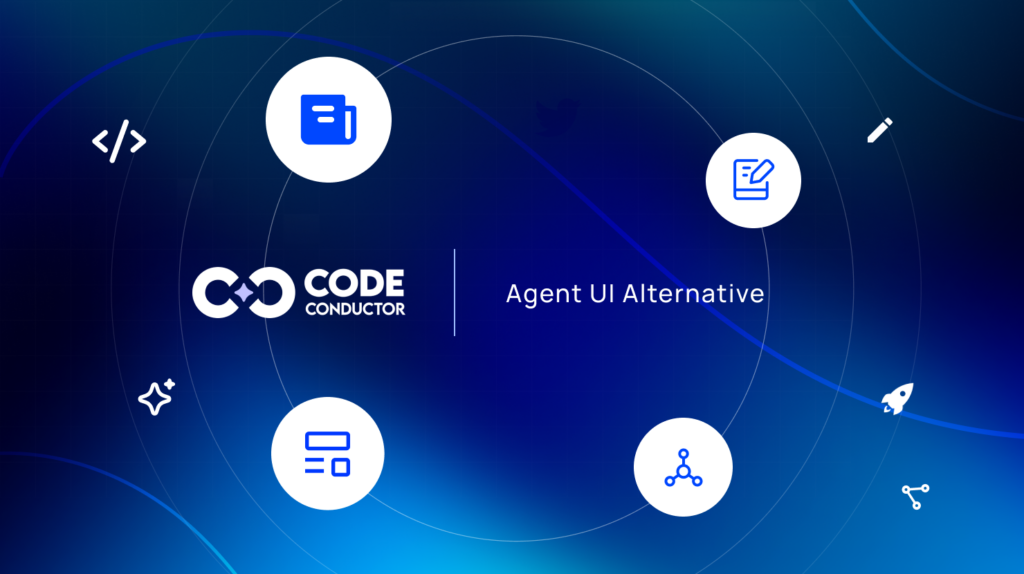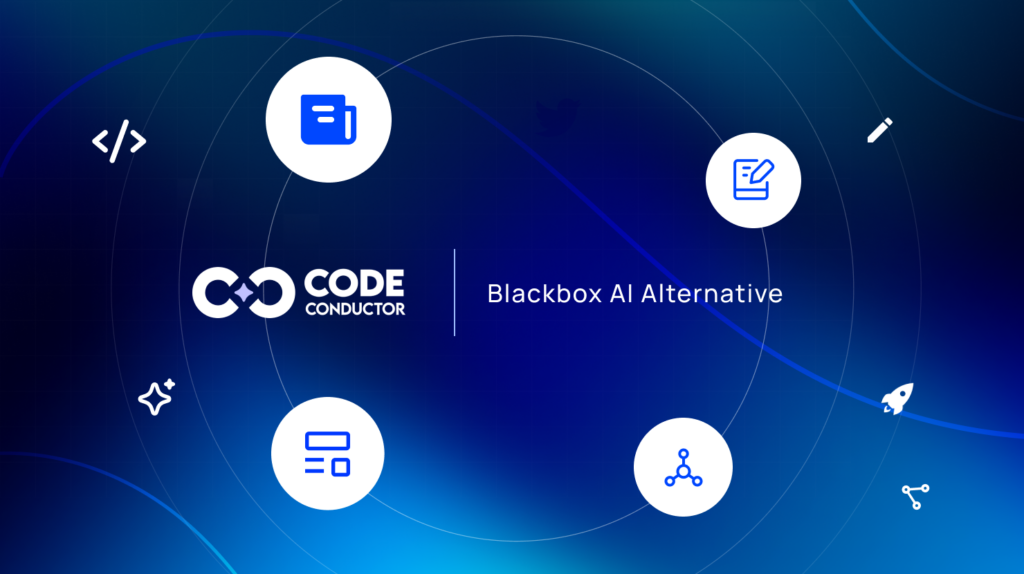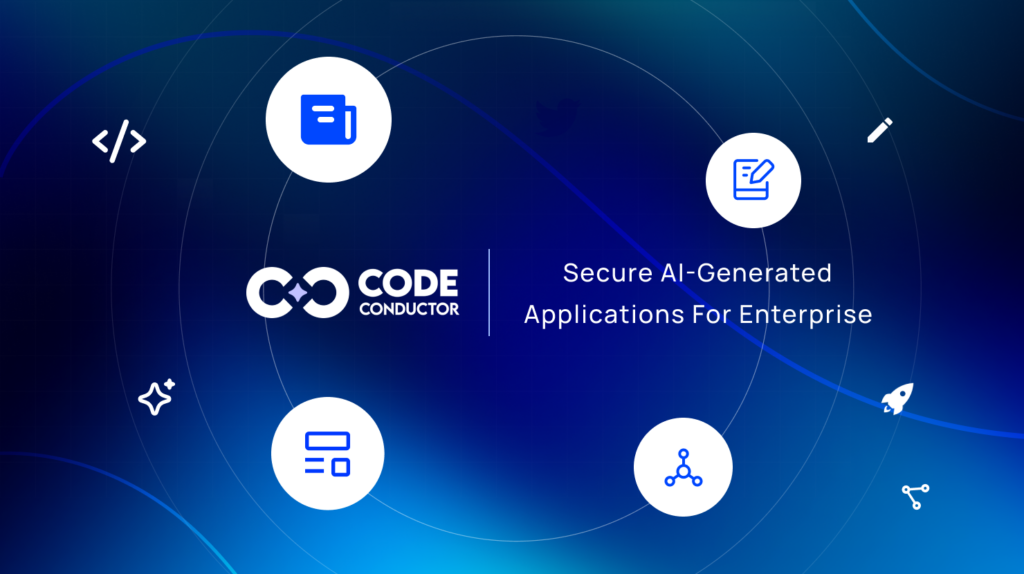When it comes to enterprise programming, choosing the right language isn’t just about syntax or personal preference, it’s about stability, scalability, security, and ecosystem maturity. Enterprises run mission-critical systems that power banking, healthcare, logistics, and government operations. For these environments, reliability matters more than speed of prototyping.
Yet, in the age of AI-assisted coding and “vibe coding” tools, the spotlight often shines on JavaScript. Most next-generation AI IDEs, no-code platforms, and agent-driven code generators focus heavily on JavaScript because of its ubiquity and low barrier to entry. It’s the language of the web, the default for front-end interfaces, and increasingly the choice for back-end development via Node.js.
But here’s the reality: while startups, SaaS builders, and agile teams thrive on JavaScript’s flexibility, enterprises continue to rely on Java, .NET, and Python for their backbone systems. Java, in particular, has stood the test of time as the enterprise workhorse valued for its stability, security, and cross-platform consistency.
This raises a critical question for 2026:
Java vs. JavaScript, Which truly serves enterprise programming better, and where do AI-powered development tools fit into the picture?
In this blog, we’ll break down the strengths and weaknesses of both languages, highlight why enterprises lean on Java while AI tools lean on JavaScript, and explore how platforms like CodeConductor.ai are bridging the gap between rapid prototyping and production-grade enterprise systems.
In This Post
- Java: An Overview for Enterprise
- Advantages of Java for Enterprise Programming
- JavaScript: An Overview for Enterprise
- Advantages of JavaScript for Enterprise Programming
- Java vs. JavaScript: Key Differences in Enterprise Programming
- Why AI Tools Favor JavaScript (But Enterprises Still Don’t)
- Why AI Tools Lean Toward JavaScript
- Why Enterprises Still Rely on Java (and Others)
- The Future: Blending Java’s Stability with JavaScript’s Agility
- Where CodeConductor.ai Fits In
- Conclusion: Java vs. JavaScript in Enterprise Programming
Java: An Overview for Enterprise
For more than two decades, Java has been the backbone of enterprise programming. From banking platforms that process billions of transactions daily to global logistics systems and government applications, Java powers mission-critical software where downtime is not an option.
Unlike trend-driven languages that rise and fall with the startup ecosystem, Java has proven its staying power thanks to three pillars: stability, scalability, and security.
Advantages of Java for Enterprise Programming
- Mature Ecosystem & Frameworks – Java boasts one of the richest enterprise ecosystems. Frameworks like Spring Boot, Jakarta EE, and Hibernate simplify large-scale application development. Enterprises benefit from decades of tooling maturity and long-term support.
- Performance at Scale – Java applications are optimized for high performance and can handle vast transaction loads. This is why financial services, telecom networks, and healthcare systems continue to trust Java at their core.
- Enterprise-Grade Security- Java’s strong typing, built-in security APIs, and JVM-level sandboxing make it a reliable choice for regulated industries. Combined with corporate support from vendors like Oracle and IBM, enterprises know Java is battle-tested against threats.
- Cross-Platform Reliability – Thanks to the Java Virtual Machine (JVM), Java code runs consistently across operating systems and environments. This reduces risk when deploying across hybrid or multi-cloud enterprise infrastructures.
- Long-Term Vendor Support – With LTS (Long-Term Support) releases, Java provides a stability roadmap for organizations that plan software lifecycles in 5–10 year horizons, a stark contrast to JavaScript’s fast-moving, often fragmented ecosystem.
JavaScript: An Overview for Enterprise
If Java is the enterprise workhorse, then JavaScript is the startup sprinter. It’s the most widely used language on the web, powering everything from simple landing pages to billion-user web apps. Its appeal lies in accessibility and speed, traits that make it indispensable for agile teams and fast-moving product cycles.
Advantages of JavaScript for Enterprise Programming
- Ubiquity Across the Web – Every modern browser runs JavaScript, which makes it the de facto language of the internet. Enterprises and startups alike depend on it for front-end development through frameworks like React, Vue, and Angular.
- Full-Stack Flexibility – With Node.js, JavaScript moved beyond the browser to the server. This means developers can build front-end and back-end applications in a single language, simplifying hiring, team collaboration, and deployment pipelines.
- Vibrant Ecosystem – The NPM package repository is one of the largest collections of open-source tools in the world. From UI components to machine learning helpers, JavaScript developers have access to rapid plug-and-play innovation.
- Perfect for Prototyping – JavaScript’s lightweight syntax and abundance of frameworks make it ideal for quickly testing ideas, building MVPs, and iterating on user-facing features. This agility is why so many AI-assisted coding tools and no-code platforms prioritize JavaScript, they can demo new ideas quickly.
- Cloud & Serverless Friendly – With serverless platforms like AWS Lambda, Vercel, and Netlify, JavaScript apps can be deployed in seconds. For SaaS builders and agile teams, this speed to market is a decisive advantage.
Java vs. JavaScript: Key Differences in Enterprise Programming
When enterprises evaluate programming languages, they don’t just look at popularity or developer speed, they prioritize security, compliance, long-term stability, and scalability. Startups may thrive on quick wins, but enterprises plan for decades.

Here’s how Java and JavaScript stack up in enterprise programming:
| Factor | Java | JavaScript |
|---|---|---|
| Performance | Optimized for high throughput; reliable under massive loads | Event-driven and efficient for I/O; less ideal for compute-heavy enterprise workloads |
| Security | Strong typing, JVM sandboxing, enterprise-grade security APIs | Relies heavily on third-party packages; security depends on ecosystem hygiene |
| Ecosystem | Mature frameworks like Spring, Jakarta EE, Hibernate; backed by Oracle/IBM | Massive open-source ecosystem (React, Node.js, NPM) but often fragmented |
| Maintainability | Long-term support (LTS releases); stable across decades | Rapid evolution; requires frequent updates, package churn |
| Deployment Options | Enterprise servers, containers, hybrid and multi-cloud support | Cloud-native, serverless, and edge deployments dominate |
| Team Fit | Large enterprise dev teams with governance needs | Agile, cross-functional teams focusing on product speed |
| Best Use Cases | Banking, insurance, healthcare, government, telecom | SaaS platforms, dashboards, web portals, customer-facing apps |
Why AI Tools Favor JavaScript (But Enterprises Still Don’t)
If you look at the current wave of AI-powered coding assistants, agentic IDEs, and no-code app builders, you’ll notice a common trend: they overwhelmingly prioritize JavaScript.
That’s not a coincidence, it’s a reflection of the language’s popularity, ease of demonstration, and web-first dominance.
Why AI Tools Lean Toward JavaScript
- Fast Feedback Loops – JavaScript runs in every browser, so AI-generated demos can be tested instantly without complex environments.
- Ubiquity – Since most web and startup teams already use JavaScript, platforms optimize for maximum adoption.
- Full-Stack Prototyping – With Node.js, AI tools can generate both the UI and backend using the same language.
- Low Barrier to Entry – Non-technical users or “citizen developers” can grasp JavaScript workflows more quickly than Java or .NET.
- Showcase Factor – For AI-driven platforms, generating a JavaScript web app in seconds is visually impressive making for better demos.
Why Enterprises Still Rely on Java (and Others)
But enterprises have different priorities. While JavaScript is excellent for prototyping, enterprises demand:
- Persistent memory & auditability for compliance.
- Long-term support (LTS releases) to match 5–10 year software lifecycles.
- Security-first architectures where JVM-level protections matter
- Deployment flexibility across on-premises, private cloud, and hybrid environments.
- Governance & version control that can handle complex dev teams.
This is why enterprise backbones are still powered by Java, .NET, and Python, languages aligned with regulatory, compliance, and operational needs.
The Future: Blending Java’s Stability with JavaScript’s Agility
Looking ahead, the debate between Java vs. JavaScript in enterprise programming isn’t about choosing one over the other. Instead, the future lies in hybrid adoption, where enterprises combine the stability of Java with the agility of JavaScript.
How Enterprises Blend the Two
JavaScript at the Front, Java at the Core
Many enterprises rely on JavaScript frameworks like React or Angular for customer-facing apps while keeping Java-powered microservices at the back-end to handle scale, security, and mission-critical workflows.
AI-Augmented Workflows
AI development tools increasingly need to support multi-language pipelines. Prototypes may start in JavaScript, but for production, they’re ported or integrated into Java-based environments.
Containerization & Cloud-Native Strategies
With Kubernetes and Docker, enterprises are blending language stacks more seamlessly. A Java microservice may live alongside a Node.js front-end service, each optimized for its strengths.
Cross-Team Collaboration
Java teams and JavaScript teams are no longer siloed, DevOps practices and collaborative tooling allow enterprises to unify workflows across both languages.
Where CodeConductor.ai Fits In
This is exactly where CodeConductor.ai bridges the gap:
- It supports no-code, AI-driven workflows that aren’t limited to JavaScript prototyping.
- It integrates with enterprise-friendly languages like Java, .NET, and Python, making it easier for teams to adopt AI without rewriting their entire stack.
- It provides persistent memory, compliance-ready audit logs, and production deployment features, the essentials that enterprises need but that most AI tools ignore.
- It enables hybrid workflows, where a team can rapidly prototype a feature in JavaScript and then connect it seamlessly to enterprise-grade Java systems.
Conclusion: Java vs. JavaScript in Enterprise Programming
In the enterprise world, language choice isn’t about hype, it’s about building systems that last.
- Java remains the backbone of mission-critical applications thanks to its stability, security, and long-term support.
- JavaScript dominates the web and agile development, excelling at rapid prototyping and user-facing applications.
- Enterprises increasingly use both, Java for core infrastructure and JavaScript for customer-facing agility.
Yet, the rise of AI-powered development tools has tilted the scales toward JavaScript. While that’s useful for prototypes, enterprises need platforms that respect the realities of enterprise software: compliance, persistence, scalability, and multi-language support.
That’s where CodeConductor.ai steps in.
Why CodeConductor.ai?
- Beyond prototyping: Move from quick ideas to production-grade deployments.
- Multi-language support: Connect JavaScript prototypes with Java, .NET, and Python enterprise systems.
- Persistent memory & compliance: Workflows that last beyond a session, with auditability for regulated industries.
- Enterprise-ready integrations: APIs, cloud services, databases, and hybrid deployments, all in one platform.
CodeConductor.ai isn’t just another AI coding tool, it’s the bridge between startup agility and enterprise-grade reliability.
Ready to future-proof your workflows?
Get started with CodeConductor.ai today and build AI-powered systems that scale with your business.

Founder CodeConductor






